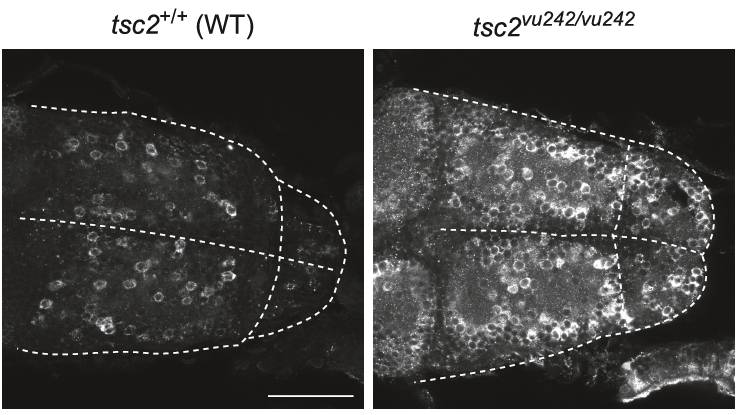Epilepsy is one of the most common neurological disorders affecting people around the world. According to WHO’s estimates, about 60 million people suffer from it. In Poland, the disease affects about 1% of the total population. Despite significant advances in epilepsy research over the past few decades, it is still a disease that often remains undiagnosed or inadequately treated. The reason of this situation is the fact that even in case of diseases with a known origin, many questions still remain without answers, as it is difficult to grasp all the aspects to develop an effective therapy. The use of animal models, such as zebrafish, has made a great contribution to the study within this area.
We are pleased to inform that Justyna Zmorzyńska from the Laboratory of Molecular and Cellular Neurobiology in the IIMCB was invited to participate in a collaborative project to create an educational resource, the Handbook of animal models in neurological disorders, edited by Colin R. Martin, Vinood B. Patel, and Victor R. Preedy (Elsevier, 2023). Olga Doszyń, Tomasz Dulski, and Justyna Zmorzyńska delivered a chapter entitled ”The zebrafish model of Tuberous sclerosis complex to study epilepsy” in which they describe specific methodologies and concepts to study epilepsy in zebrafish larvae in a high-throughput manner and clinically-relevant adequacy. In this chapter, authors give details on breeding and genotyping of the animal model, on how to adequately measure brain activity and seizure-like behavior, how to analyze epileptogenesis, and which technologies should be used to study underlying molecular pathomechanisms.
The publication is available through the Open Gate website.
O Doszyn, T Dulski, J Zmorzynska. "The zebrafish model of Tuberous Sclerosis Complex to study epilepsy" in the Handbook of Animal Models in Neurological Disease edited by Colin Martin, Vinood B Patel and Victor R Preedy, Elsevier, 2023.

